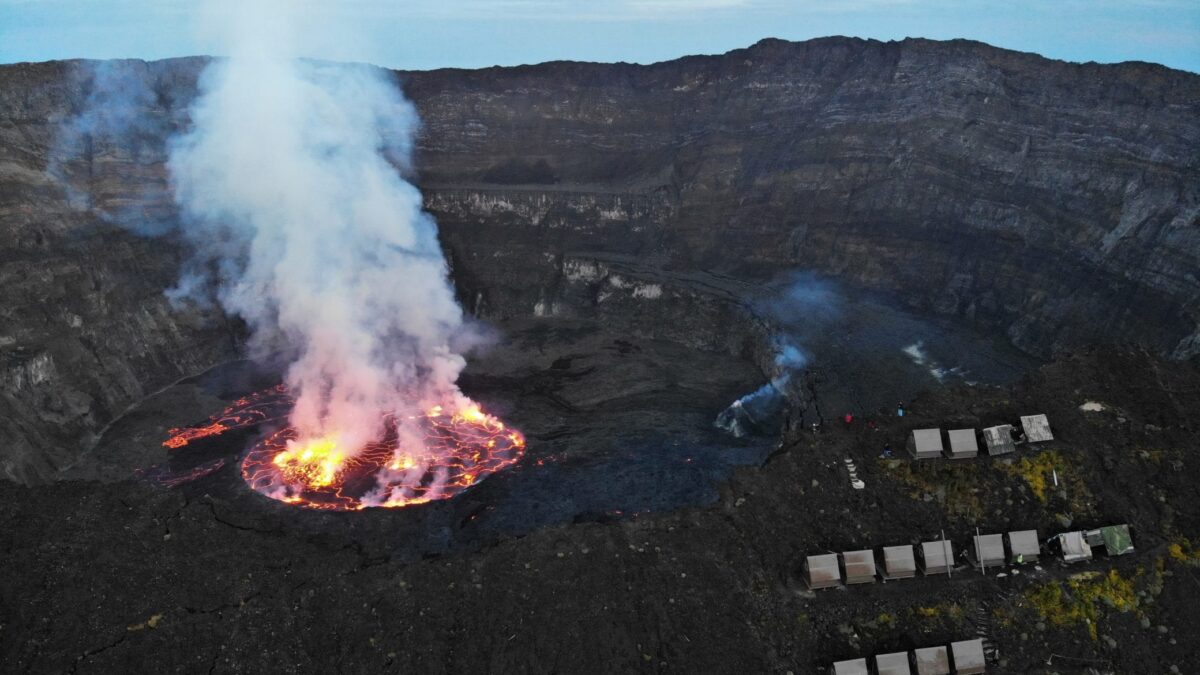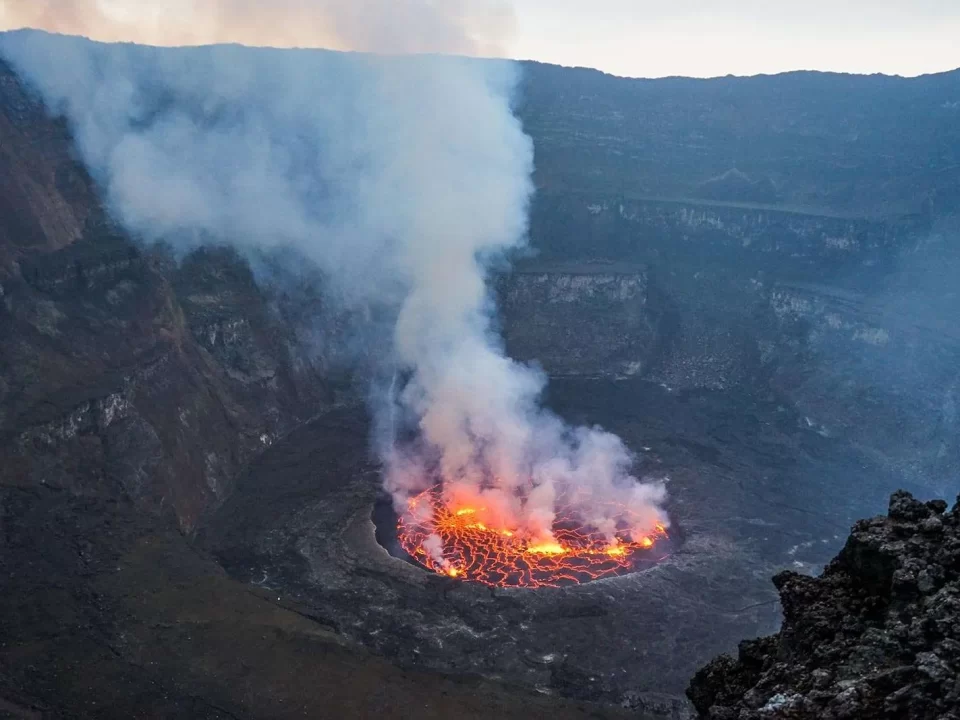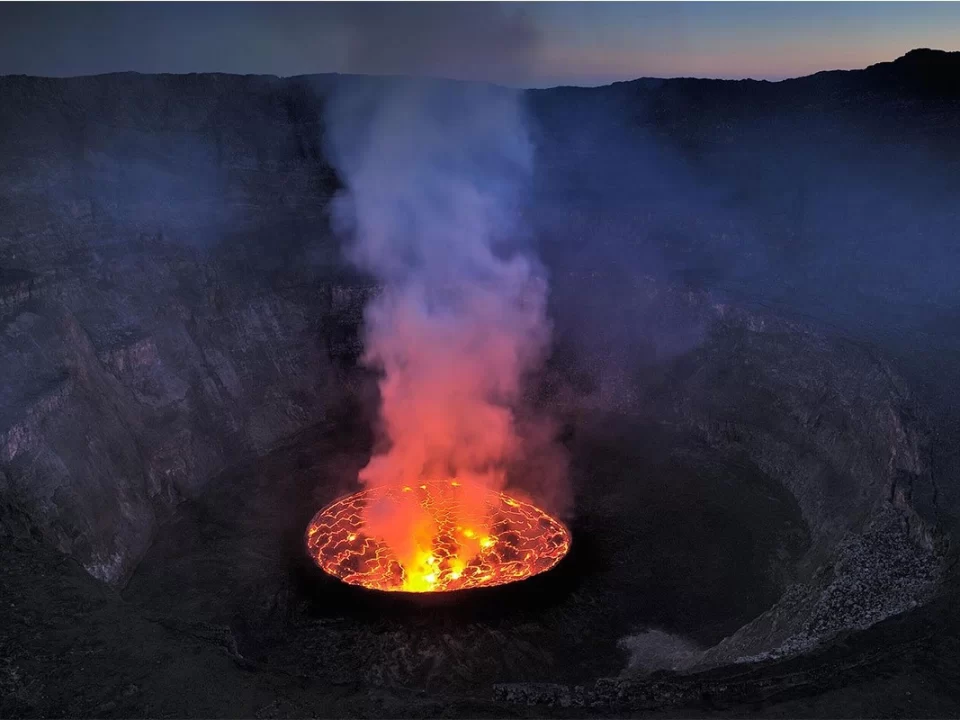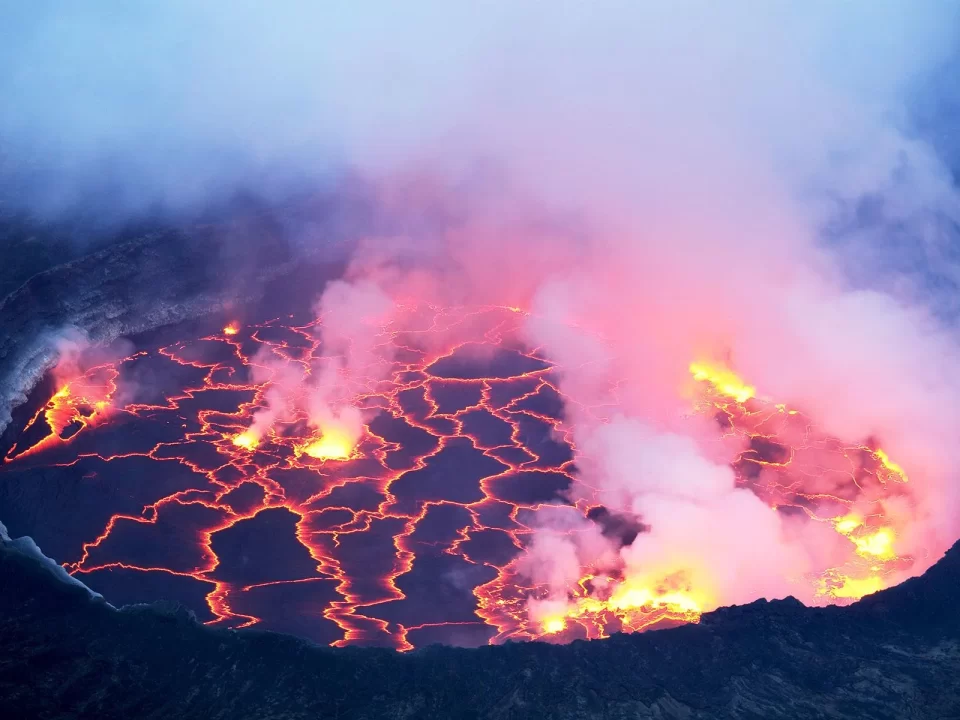
Lions in Murchison Falls National Park
January 11, 2024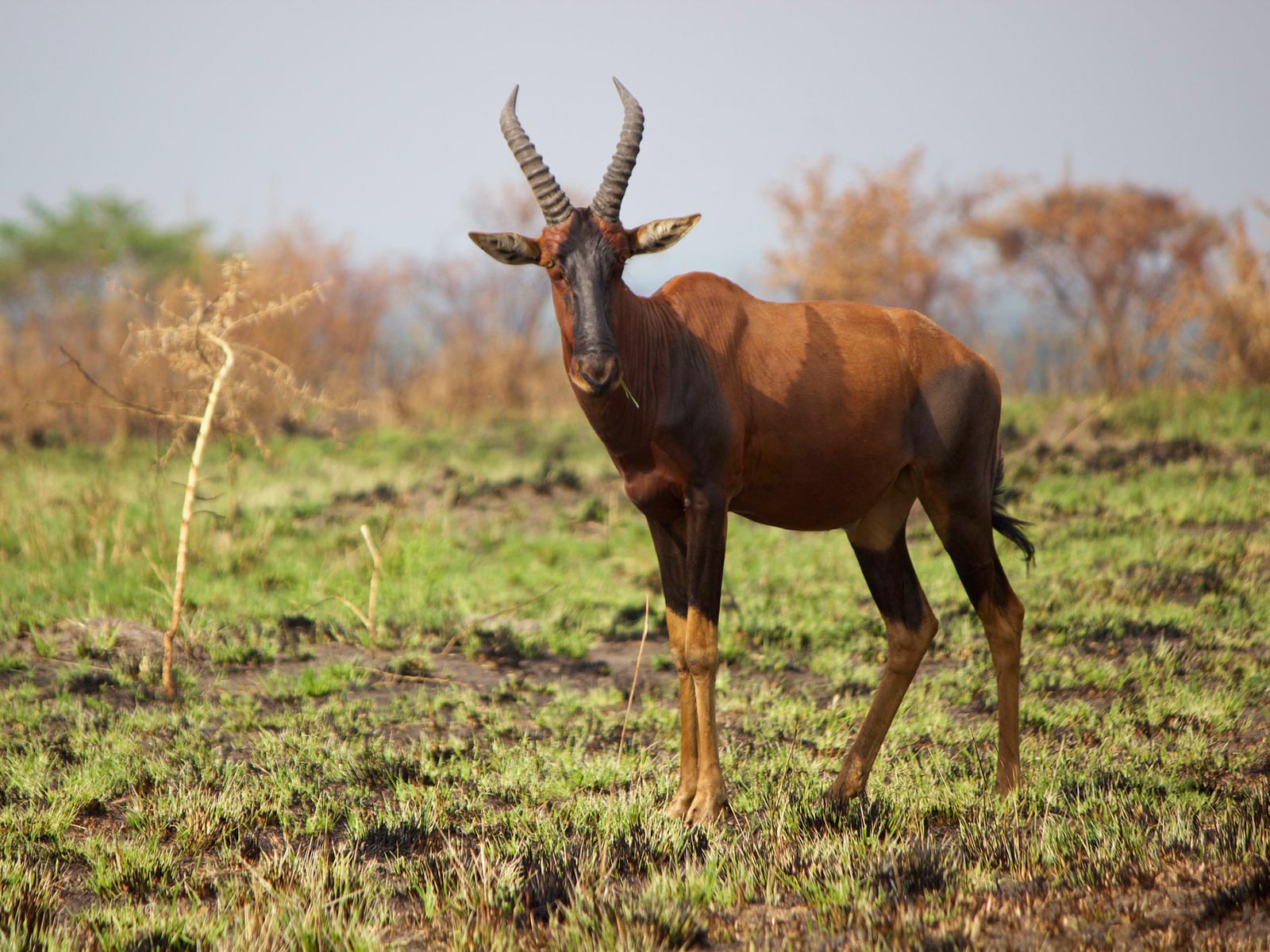
Filming in Queen Elizabeth National Park Uganda
January 11, 2024Climbing Mount Nyiragongo Volcano: Embarking on the Volcanic Odyssey: Scaling Mount Nyiragongo
Climbing Mount Nyiragongo Volcano – Within the realms of the Virunga National Park in the Democratic Republic of Congo stands the awe-inspiring Mountain Nyiragongo, renowned as the world’s deadliest volcano and boasting the grandeur of one of the largest active volcanoes globally. Its caldera summit, with a diameter stretching 1.2 kilometers and steep-sided walls, cradles the world’s most massive active lava lake. Towering at 3,470 meters, Nyiragongo has witnessed volcanic actions, unleashing molten lava down to the nearby Goma settlements at its foothills, solidifying its status as one of the most perilous volcanoes globally.
Where is Mountain Nyiragongo Located?
Nestled within the Virunga National Park, approximately 20 kilometers north of Goma, a bustling town bordering Congo and Rwanda, Nyiragongo Volcano asserts itself as one of the planet’s most active volcanic entities. Standing tall at over 11,000 feet, it houses a magma chamber, almost a mile wide, concealing a profound lava lake. Unfortunately, political unrest in the neighboring area has impeded comprehensive scientific exploration of this monumental mountain.
Is it Safe to Visit Mountain Nyiragongo?
In the face of Mount Nyiragongo’s eruptions, notably the 2002 event, which resulted in destructive lava flows, safety concerns arise. Despite being home to the world’s largest fluid lava lake, the lower slopes of Nyiragongo are paradoxically inhabited, with villages and diverse wildlife thriving amidst its densely forested lower slopes. Chimpanzees, bushbucks, various monkeys, and a plethora of bird species coexist with this geological giant.
Geology of Mount Nyiragongo
Emitting dense fumes laden with volcanic smoke, Mount Nyiragongo releases fluid lava composed of nephilinite and melilite, creating an alkaline-rich rock. Surrounded by volcanic fields housing seven other volcanoes, including Mikeno and Karisumbi, Nyiragongo is also accompanied by Lake Kivu. The lava lake within its caldera occasionally breaches its confines, flowing down to the caldera floor due to the steep-sided nature of the slopes, propelling the fluid lava at astonishing speeds exceeding 60 mph.
How Deep is Nyiragongo Crater Lake?
The enigmatic depths of Nyiragongo’s crater lake fluctuate based on magma emissions. Estimated at 600 meters deep, the crater harbors several platforms formed by previous lava levels. These platforms, shaped by historical eruptions, offer a glimpse into the volcano’s dynamic history, reflecting the ever-changing nature of the lava lake within.
When did the Congo Nyiragongo Volcano become Active?
The exact initiation of Nyiragongo’s volcanic activity remains shrouded in uncertainty. While the first recorded eruption dates back to 1882, signs of occasional bubbling, fiery discharges, and ruptured crater walls leading to lava flows have manifested for several years.
How many times does Mount Nyiragongo erupt?
Nyiragongo remains active, erupting over 34 times since 1882. The most recent eruption in 2002 claimed 147 lives, emphasizing its potential hazards. Ongoing volcanic activity is contained within the crater, with the lava level gradually rising. The 1977 eruption witnessed rapid lava flows, claiming lives and highlighting the unique fluid consistency of Nyiragongo’s lava, attributed to volcanic rocks rich in alkaline and melilite nephelinite.
How to get to Mount Nyiragongo
Commencing in Gisenyi, Rwanda, the expedition to Mount Nyiragongo entails a 30-minute drive to Goma in Congo. Positioned approximately 9 miles from the volcano, Goma serves as the base for all adventures involving the ascent of Mount Nyiragongo Volcano.
The Ascent Unveiled: Hiking Mount Nyiragongo
Embarking on the climb typically commences in the early morning, necessitating hikers to be at the starting point by 9 a.m. An overnight stay in Goma is recommended for ample preparation. While not demanding athleticism, good health is essential to conquer the rocky, uneven terrain and higher altitudes. Porter assistance and careful pacing contribute to a high success rate on Mount Nyiragongo.
What to Pack for a Mount Nyiragongo Hike
- Warm Clothing: Temperatures vary from warm on the lower slopes to extremely cold closer to the summit. Adequate warm clothing is crucial for comfort and safety.
- Change of Clothes: During the wet season, especially from March to May and November, bring an extra set of clothes due to substantial rainfall.
- Sleeping Bag: Given the thin, uninsulated mattresses in mountain huts, a sleeping bag ensures a more comfortable night.
- Good Hiking Boots: Essential for ankle support on the rocky and uneven terrain.
- Altitude Sickness Prescription: Consider obtaining a prescription for Diamox to manage altitude sickness.
- Ample Drinking Water: Staying hydrated is crucial; pack enough water, preferably in a reusable water bottle.
Embarking on the journey to Mount Nyiragongo is a captivating venture into the heart of a geological marvel, a rendezvous with the unpredictable forces that shape our planet.

